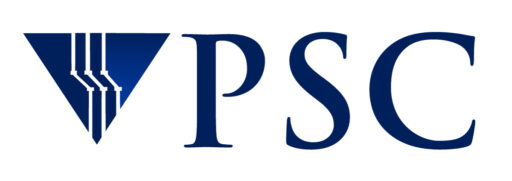Lemieux (Terascale Computing System/TCS)
The Terascale Computing System (TCS), also known as Lemieux, comprised 610 Compaq Alphaserver ES45 nodes and two separate front end nodes. Each computational node was a 4 processor SMP, with 1-GHz Alpha EV68 processors and 4 Gbytes of memory, running the Tru64 Unix operating system. A dual-rail Quadrics interconnect linked the nodes.
Lemieux was primarily intended to run applications of very high levels of parallelism or concurrency (512 – 2048 processors).
At the time of its installation in 2001, Lemieux was the most powerful system in the world committed to unclassified research. Lemieux was decommissioned in 2006.
Research
Some of the important research enabled by Lemieux is highlighted here. To see more, check the Projects in Scientific Computing archive.
Touchy Proteins
Klaus Schulten and Justin Gullingsrud, University of Illinois at Urbana-Champaign
In early 2001, researchers used the prototype Terascale Computing System for a pioneering simulation of a mechnanosensitive membrane protein.
Read the full article: htp://www.psc.edu/science/2001/schulten/touchy_proteins.html
Where Nerve and Muscle Meet
Joel Stiles, Pittsburgh Supercomputing Center
Modeling the nerve-muscle junction identifies a previously unknown disease process.
Read the full article: https://wp-dev.psc.edu/science/2001/stiles/where_nerve_and_muscle_meet.html
The Strange Flavor of Quarks
Steven Gottlieb, Indiana University
Among the payoffs of accurate QCD calculations and experimentare fundamental parameters of the standard model called CKM matrix elements.
Read the full article: https://wp-dev.psc.edu/science/2002/milc/strange_flavor_or_quarks.html
